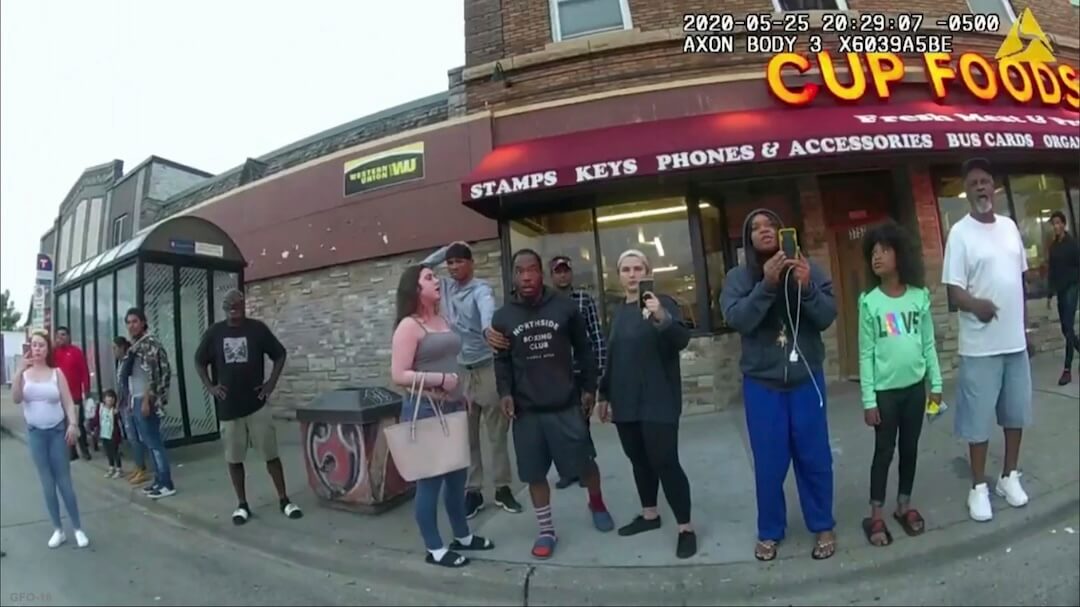This is one of 10 essays I offer as we close 2021 that I hope will help broadcast journalists tell stronger stories in the year ahead.
Memorable stories begin with a central tension or conflict. Get to it as quickly as you can. The tension works best if it affects audiences’ money, family, health, safety or community, or if it centers on a sense of moral outrage.
Stories are essentially just characters navigating and either overcoming, standing up to, or being defeated by barriers and conflicts.
The conflict at the front of the story does not have to be right versus wrong or good versus evil, although those can be powerful storylines. More typically, the tensions might be spending versus saving, preservation versus renovation, young versus old, rich versus poor, expectation versus reality, truth versus a lie. You get the idea.
Songwriters and scriptwriters know how essential it is to establish a conflict right away. Consider these opening lines from hit songs. Each one sets a tension that gets the song rolling right away:
- “I think I’m gonna be sad” (“Ticket to Ride” by The Beatles)
- “It ain’t necessarily so” (“It Ain’t Necessarily So” from “Porgy and Bess”)
- “Just look at me, I’m as helpless as a kitten up a tree” (“Misty” by Ella Fitzgerald, Johnny Mathis, Aretha Franklin and others)
- “You better watch out, you better not cry” (“Santa Claus is Coming to Town”)
- “There ain’t no gold in this river” (“Easy on Me” by Adele)
- “I want your ugly, I want your disease” (“Bad Romance” by Lady Gaga. And note there are a lot of “ohs” and “rahs” first.)
- “Wendy, Wendy what went wrong?” (“Wendy” by The Beach Boys)
- “The devil went down to Georgia, he was lookin’ for a soul to steal” (“The Devil Went Down to Georgia” by Charlie Daniels)
- “Who let the dogs out?” (“Who Let the Dogs Out?” by Baha Men)
- “I do the same thing I told you that I never would” (“Stay” by Justin Bieber and The Kid LAROI)
- “Crazy, I’m crazy for feeling so lonely” (“Crazy” by Patsy Cline)
Disney films mastered this concept. “Dumbo,” “Bambi,” “Finding Nemo,” “The Lion King” — these films all have a tension in common. It is the tension of the loss of safety, the separation from a parent. It is a universal fear of childhood. A child could watch the film and easily see themself as the child character in the film who loses the protection and love of a parent. Then the film switches over to a “good versus evil” theme, which ignites an emotional reengagement halfway through the movie.
Consider “Cinderella” or “Little Red Riding Hood” as examples of lovely people who find themselves being treated unfairly.
But resist the temptation to always make the good guy win. Police do not solve most murders. If somebody steals your bike, you will probably not get it back. When a hotel for people who have no permanent home burns to the ground, there is a fair likelihood that some of the people who lose everything will not find a warm comfortable place to spend the next night.
Let me take you back to the extraordinary 2015 Milwaukee Journal Sentinel investigation called “Hidden Errors.” I’ll share the opening paragraphs. Notice how the story sets tensions in the first line, then touches multiple of our motivators to allow the readers to see some of themselves in the characters. In each example, the character gets no resolution, the conflict is painful and messy, which is a true reflection of life:
Everyone assumes lab results are correct.
For Kenneth Drew, the results showed he had HIV in 2011. By the time he found out the lab was wrong, his relationship with his wife was badly damaged. The Alabama couple separated, both distraught about the diagnosis.
For Christine Simoneaud, the lab results seemed like good news. A routine blood screen from her 10-week pregnancy appointment came back clear in 2008. Seven months later, her son was born critically ill with a blood disorder that could have been treated during pregnancy. The baby died three weeks later at a Louisiana hospital.
The lab results crushed Michael Patterson: They showed he wasn’t the father of the baby girl he had cuddled and fed for the first three months of her life. He split from the mother and ignored the child. She was 4 when they determined the California lab had switched his sample with another man’s. Patterson is still trying to reconnect with his daughter, now 11. Wary after so many years apart, she calls him “Mike.”
“It kills me that she doesn’t call me ‘Dad,'” Patterson said. “If the test was right the first time, I would be ‘Dad’ to her.”
Steve Hartman, the CBS News feature reporter, almost always focuses on an unexpected tension. Here are a few examples:
- Grandmother struggles with prejudice
- Downs Syndrome couple discouraged from marrying, teach lesson of love
- Secret Santa shocks a man who has lost hope
This hunger for “story” has held true in every known culture, in langauges from Sanskrit to Greek and Latin. The walls of Egyptian tombs and cave dwellings are covered with stories, not just facts. It’s as though we are wired for stories. No child ever went to bed saying, “Daddy, read me some facts.”
When you were a toddler, nobody told you the elements of a great story, but you knew a great story when you heard one. In fact, if you were anything like my kids, you wanted to hear a great story over and over. We want context and resolution. We want characters who confront conflicts.
Have faith that the power of great storytelling will connect with the viewer’s heart.
(Some ideas in this series are included in my college textbook, “Aim for the Heart”.)
Al Tompkins will expand on his storytelling and writing teaching in two Poynter seminars: The Poynter Producer Project and TV Power Reporting. Click the links to see the schedules, meet our all-star visiting faculty and apply. Thanks to a grant from CNN, we offer 50% tuition scholarships to NABJ, NAHJ, AAJA, NAJA and NLGJA members. Both seminars take place over three days at Poynter in St. Petersburg, Florida, or you can attend virtually.







